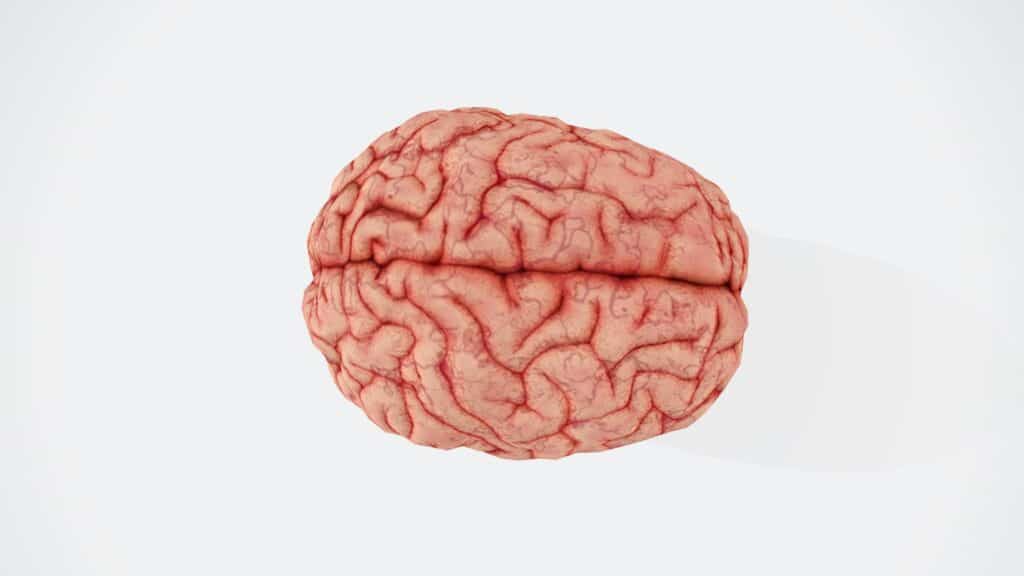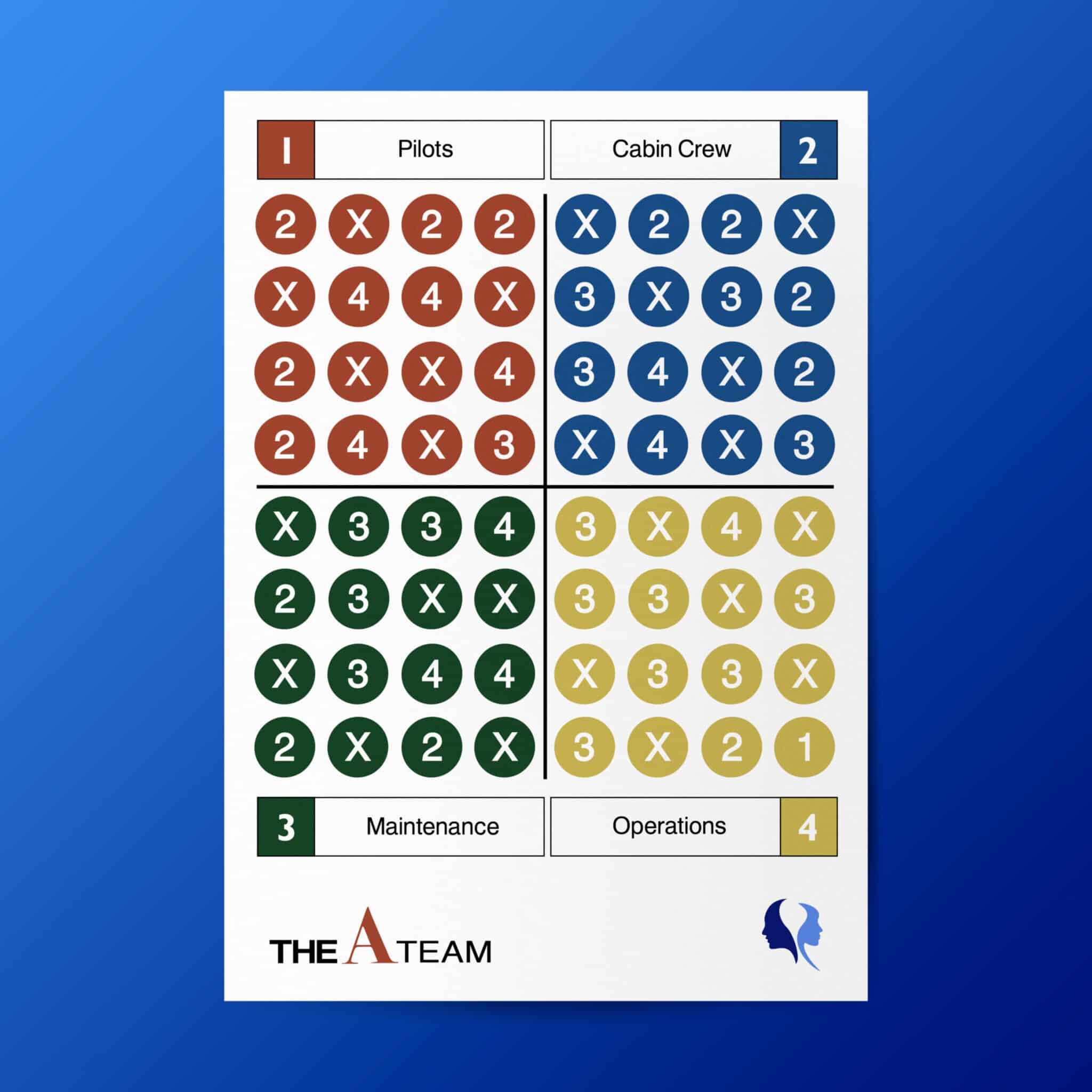
Ever found yourself in a heated debate with your partner, and mid-argument, you whip out Google to prove you’re right?
After a quick search, you find one obscure blog post from 2010 that kind of, sort of, backs your argument if you squint and tilt your head just right. Suddenly, you’ve “won” the argument. Or, you may have just been hit with a case of confirmation bias.
Confirmation bias is that sneaky little cognitive quirk where you only seek out information that supports your beliefs—ignoring the mountains of evidence that tell you otherwise.
Discover our rundown of 25 other cognitive biases.
When we are confronted with new information that confirms what we already believe, we are more likely to:
This bias is especially common when dealing with emotionally charged topics, values, or deeply held beliefs. Whether it’s politics, religion, or personal opinions, confirmation bias can skew how we process and remember information.

Confirmation bias often appears in how people consume news. We are more likely to believe a story if it confirms our pre-existing views, even if the evidence presented is shaky or inconclusive.
For example, let’s say Karen opposes gun control. She’s a big believer in the Second Amendment and sees a school shooting as proof that if more people kept and bore arms, they could have protected themselves better. Karen might say, “You can’t fight fire with water.” Meanwhile, Steve, who supports gun control, sees this as evidence that stricter laws are necessary, arguing that “you do fight fire with water.“
Even if Karen and Steve read the same news story, they’ll each walk away feeling more confident that they’re right and that the other is just plain wrong.
A major study by researchers at Stanford University in 1979 explored the psychological dynamics of confirmation bias. The study was composed of undergraduate students who opposed capital punishment. The participants were asked to evaluate two fictitious studies:
Despite the data being fabricated and equally compelling, participants’ pre-existing beliefs heavily influenced their interpretation of the studies. Both groups felt more committed to their original stance after being confronted with contradictory evidence.
We tend to form relationships with people who share our beliefs and values, creating an echo chamber where we only hear information that reinforces our views.
This effect is amplified by social media algorithms, which filter content based on our preferences—also known as the “filter bubble effect.” For instance, Steve might see articles about how everyone’s getting vaccinated, while Karen’s feed is filled with conspiracy theories about microchips and Bill Gates’ secret lair.
In workplaces, confirmation bias can lead to flawed decisions. For example, a police officer may become fixated on a suspect early in an investigation and focus solely on evidence that supports the suspect’s guilt, disregarding information that might prove their innocence – just taking a page from the plot twist in Shawshank Redemption.
Similarly, in medical settings, doctors may diagnose patients too quickly and interpret subsequent symptoms in a way that confirms their initial diagnosis.
Most consumers rely on product reviews and advertisements when choosing what to buy. For example, if you’re looking up reviews for Gwyneth Paltrow’s (hmm* uniquely) scented candle and most of the feedback says it “smells fantastic,” you’re more likely to confirm that information when you try it yourself.
Confirmation bias comes in many flavours, including:
Biased Memory: When we selectively remember information that supports our views while forgetting information that doesn’t.
Biased Search: Only seeking out information that supports your view. If you Google “Is renting better than buying?” you’ll find results that support renting. If you reverse the query, you’ll get the opposite results. Google is just here to make sure you’re always right.
Biased Interpretation: When we interpret information in a way that confirms our beliefs. Twisting ambiguous information to fit your beliefs.

Experts have a few theories as to why we have this lovely brain glitch:
As Clark Kent, we’d like to be, we are all prone to confirmation bias, and combating this natural tendency is difficult.
However, there are a few ways that might help put on our Superman cloak:
During our CRM trainer courses, I typically introduce it in one of two ways. Option one is simple: I introduce the concept, its meaning, why it happens and we discuss ways to mitigate its effect on our decision-making.
Second option, my preferred method, is to use an interactive group exercises to show how this bias works. One exercise I use is the “A-team” game, which shows how confirmation bias can affect decision-making. In this game, teams take turns gathering information to reproduce symbols on a grid plan. Each participant receives different information, and the exercise demonstrates how easily confirmation bias can lead to flawed decision-making.
By participating in this exercise, attendees can observe confirmation bias in action and learn how to counteract it, improving their ability to make more objective decisions.

Dive into our other training articles.
© 2024 NaviMinds – Designed by Aveo web&marketing